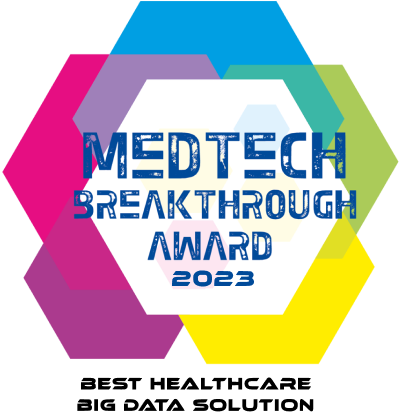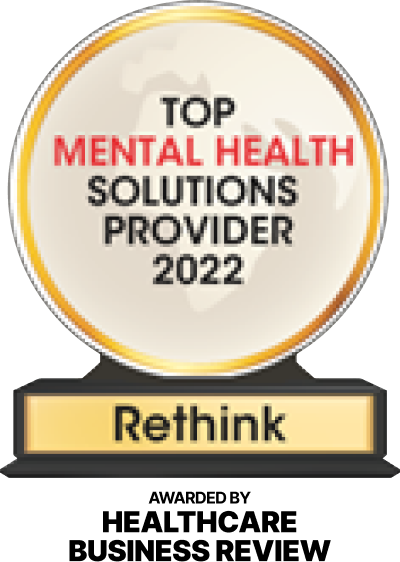Is your organization experiencing an increase in employee absenteeism? You’re not alone. Poor attendance is an indicator of overall employee health and engagement. The impact of diminishing attendance is widespread, affecting both employees and the company’s bottom line. So, what’s a manager to do?
Enter Mindfulness
Mindfulness is trendy right now, but that doesn’t mean it isn’t effective. Research by the University of Exeter shows mindfulness at work can improve focus, attention, the ability to work under stress, and in turn decrease absenteeism. Who doesn’t want that for themselves and their employees?
What do we mean by mindfulness? Mindfulness is attention and awareness training to reduce stress, increase resilience and improve your ability to focus for a healthier and happier life. Most people start to see the benefits of practicing mindfulness after just a few sessions.
Practice #mindfulness at work with these three tips from @RethinkCare. Not only will it reduce stress and increase happiness, but it will also boost productivity and decrease #absenteeism.
Mindfulness at Work Tips
Not only will mindfulness reduce stress and increase happiness to help increase attendance, but it can also significantly boost productivity.
1. Start the Day With Meditation
Mornings can be hectic. Between the gym, knocking out a few things on your to-do list, getting kids to school, and traffic, most employees don’t feel centered when they arrive at work in the morning. Try to encourage employees to start their day with a brief meditation. While it may be tempting to ask employees to get right to work when they arrive, giving them the opportunity to get centered and focused when they get to the office will only benefit the team in the long run.
The practice of meditation can seem intimidating at first and you may not know where to start but, have no fears. We’ve broken down some morning meditation basics perfect to send out to the team.
2. Make the Most Difficult Tasks Top Priority
According to a study by the Creative Group, employees are typically most productive in the morning. In fact, 59% of executives regard 8:00 AM to 12:00 PM as their optimum productivity time. 61% of those executives also indicated this is the time where they feel the most creative. Crossing off the most difficult task early in the day releases stress and makes logical use of employee’s most productive hours.
Set an example for your direct reports by tackling something labeled as difficult at the beginning of your day. Doing so can leave team members feeling motivated and successful for the remainder of their workday which helps boost morale week after week.
Many people feel they aren’t maximizing their time when they focus on one task at a time, however, this couldn’t be further from the truth. Give Single Tasking a try and see #productivity increase and stress decrease. @RethinkCare
3. Encourage Email Limits
Do you consider yourself a good multitasker? Sorry to break it to you, but multitasking is a myth. Neuroscience research shows just 2.5% of people are able to multitask effectively. The rest of us sadly are simply hard-wired to be mono-taskers.
Not only is multitasking impossible, but attempting it is severely inefficient. It takes an average of 15 minutes to re-orient to a primary task after a distraction such as an email. Worse yet, attempting to multitask causes efficiency to drop by as much as 40%.
Email can be the biggest culprit when it comes to items we think we can do while multitasking. According to research, the average time it takes for employees to check their email after a message comes in at work is a total of 6 seconds.
If it takes 15 minutes to refocus on the original task an employee was working on before they read that message, imagine the time loss in productivity each day. What can you do to help “multitaskers” to stay on track? Encourage email limits and cultivate a mindful culture that lets employees know it’s okay to close out of their email for a time to complete tasks and stay on track.
Improve Employee Attendance Today
Mindfulness in the workplace is a great tool to help employees manage stress and build resilience. The less stress employees are experiencing in the workplace, the less likely they are to call in sick.
Learn more about how to empower your employees with our professional resilience solution.











